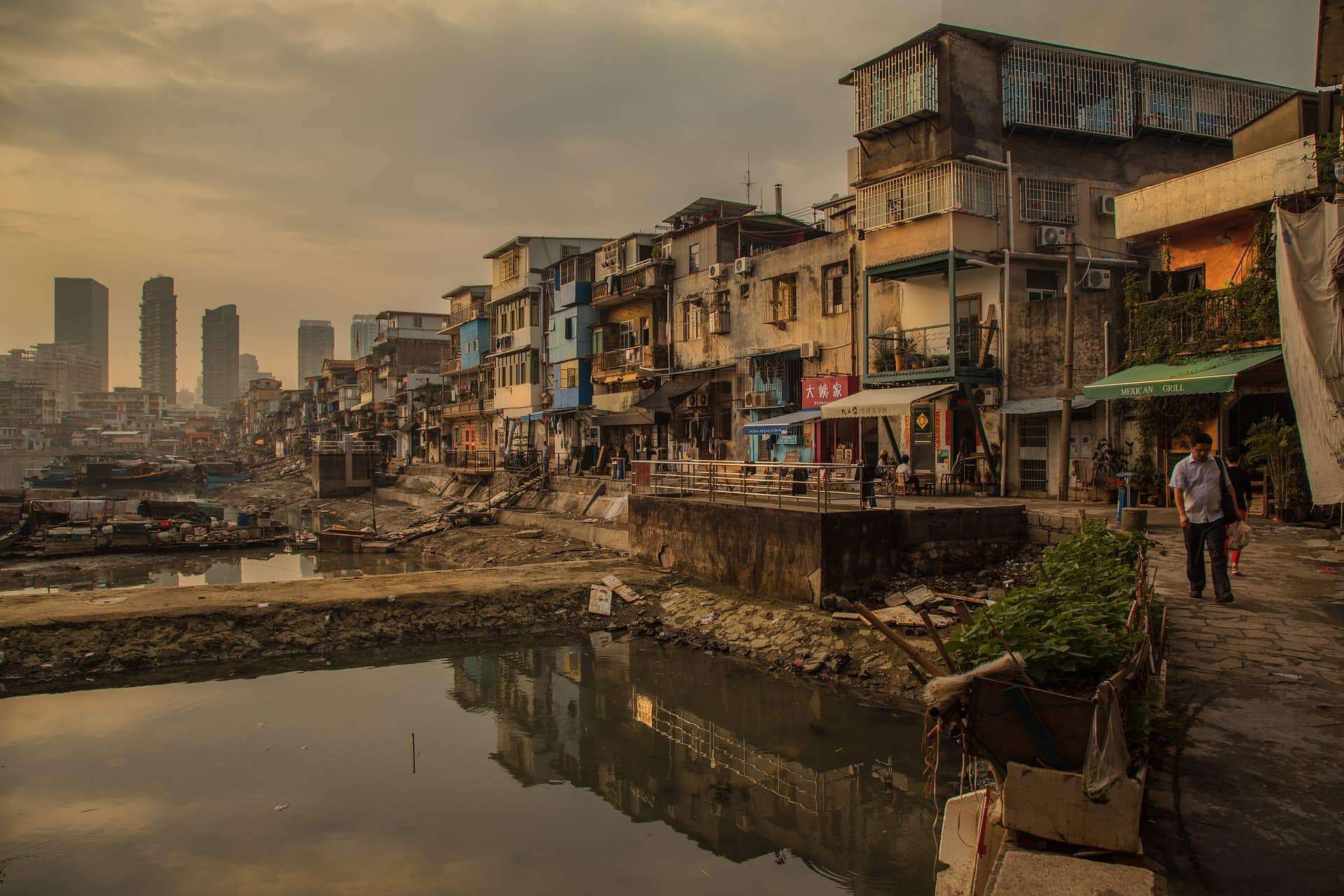Urban Flooding on the Rise, the Pitfalls of Unplanned Urbanization

Urban flooding is a ceaseless site in India every year. Since pre-Independence, the phenomenon has only escalated. Recent weeks in India reported a significant increase in urban flooding in many cities including the political capital- Delhi as well as the financial capital- Mumbai, aggravating issues of traffic congestion and water logging, bringing the cities to a halt.

The rising instances of the phenomenon pose critical questions to urban planning and development in India. How do urban planners conveniently turn a blind eye to ecological considerations while planning such highly populated metro cities? In the pursuit of unabated urbanization, the country continues to pay the cost year after year.
The increasing population brings along an increasing club of concerns. It is expected that by 2050, the urban areas would see a considerable increase in immigration. This would further increase the demand for construction, resulting in a more concretized development.
The likelihood of urban floods is further going to see a significant rise if contributing factors like construction in low-lying regions, and irresponsible use of land while neglecting a multifaceted approach in urban planning.
Urban Floods: A Misnomer
Ever heard of floods in a man-made setting? What is indicated here is the generally used term “urban floods”. While floods by definition mean a natural overflow of a large amount of water, urban floods stand as a misnomer, as such floods are largely triggered by the harsh and thoughtless interventions by humans. It is no wonder that the major overflowing of rivers is not the only reason for this inundation.
The gluttonous thirst of builders and those of related to urban planning and development have reclaimed wetlands, low-lying areas, and flood-prone areas in a chase of cost-effective construction. Unsurprisingly, the government plays an engaging role in failing to consider the natural topography and hydro geomorphology of a vulnerable region.

This complex reality has a number of key factors alongside the construction industry. An over-burdened drainage system across metro cities and megacities comes annexed to the so-called urban floods. Hyderabad in 2000 to Delhi in 2023, the cities in India continue to submerge during heavy downpours.
The Perils of Urban Expansion
As we trace back the key factors for the surge in urban floods, the primary factor that gets highlighted is unplanned urban expansion. India being one of the most populated countries across the globe, certainly faces an increasing demand for extensive construction. The scarcity of resources coupled with limited land has pushed urbanization beyond the expanse of flood plains and wetlands.
In order to combat the phenomenon of urban floods, various approaches are suggested to consider by urban planners. Unfortunately, the country continues to grapple with several shortcomings. The undeveloped areas are often neglected with regard to the natural ecosystem.
The approach of ecosystem integration with the ecosystem’s physical and conceptual integration enhances their capacity to act as flood prevention systems.
Incessant concretization in the name of development and urbanization has affected the ability of rainwater to ooze naturally. Ideally, the aspect of ecological sensitivity must be a prime concern while having an urban expansion. Unfortunately, the private players in collaboration with the administration turn a blind eye to what is called “ecological sensitivity”.
Extensive unplanned urbanization has triggered this sensitivity leading to a rising rate of such calamities like urban floods. Notably, New Delhi was recorded to have nearly 1000 water bodies in 1997 which reduced to almost 700 in 2023. India has lost 40% of its ‘blue infrastructure’ or wetlands since the 1990s.
Drowning in Consequences of Unplanned Urbanization
India actively boasts about its growing development and becoming technologically more advanced, while its urban planning system continues to remain conservative. Behind every plan that is framed before an urban expansion, an in-depth understanding of the science of land and water must be given due importance.
A lot of cities in India have rivers flowing across them or the cities are situated beside a river. Undoubtedly, this comprises vast floodplains which are many times in a dry state during seasons other than the monsoon. But, how difficult is it to understand that these areas are certainly prone to natural flooding during heavy downpours?

In spite of the facts, there are instances like Delhi’s Akshardham temple complex and the Commonwealth Games Village which were built on the Yamuna’s floodplain. Many other mega projects are proposed and have been constructed on such ecologically sensitive floodplain areas. Another example comes from Chennai where the runway of Meenambakkam Airport was built right over the Adyar River. Andhra Pradesh is another example with a lot of mega projects proposed to be built on the flood plains of the Krishna River.
Additionally, there is a dire need to expand the drainage network across cities. Reports reveal that nearly 5000 cities in India fail to have a well-functioning sewerage system. Surprisingly, the national capital of India comprises a drainage network that can carry only 50 mm of water in 24 hours. Coupled up with various other defects like very old and outdated drains, a system with incorrect slope against gravity, and many areas with no drainage at all. Cities like Gurugram which are terribly planned, take only a seasonal rainfall to bring the city to a halt.
Culpability and Accountability
The public authorities revered with the responsibility to combat urban floods every year are seen to act at a very crawling pace. With little to no regard to the natural landform, also fail to take appropriate holistic actions while the enforcement agencies remain weak every year prior to the monsoon. The recurring phenomenon indicates the government’s negligence and lag in response especially in cities that face the same situation year after year.
The old, damaged, and blocked drainage network across the cities are required to be well-maintained days before the monsoon hits the country. Cities like Gurgaon, experience an excessive level of mismanagement and poor planning by the administration resulting in a terrible state of clogged drainage and flooding of the whole city every year. The green cover in the city is said to be only 9% which should have been nearly 33% ideally.
The city stands at a highly vulnerable position with the number of water bodies declining to 123 from 644 since 1956. However, the public management system has started to identify sensitive flood-prone areas to improve the management, though at a highly crawling pace.
As the phenomenon of urban floods gets repeated over and over every year, it is a clear indication of the lack of a comprehensive approach by the maintenance authorities. It is majorly the slums and the poor who pay the cost of this negligence by the government.
The absence of a pre-planned combating mechanism is apparently a baffling concern. Despite the predictable occurrence of urban floods, the failure to maintain and clean the already clogged drains as a preventive technique questions the duty of those assigned with the responsibility to counter the yearly phenomenon.
It is high time for the administration to stand accountable and culpable for prioritizing urban expansion while neglecting the socio-ecological aspects. As a highly developing nation, which continues to earn popular names across the globe, it must not be such a herculean task to withstand the forces of nature.

As an advancing nation, we must lead cities that are resilient in tackling all kinds of natural events. Though this is more of an anthropogenic phenomenon, the government must divert its focus by investing in better drainage networks, timely maintenance, and renovation of the old drainage system, rather than rushing to pursue smart cities. It is time that the citizens get the very basic rights from the representatives that they elected.






